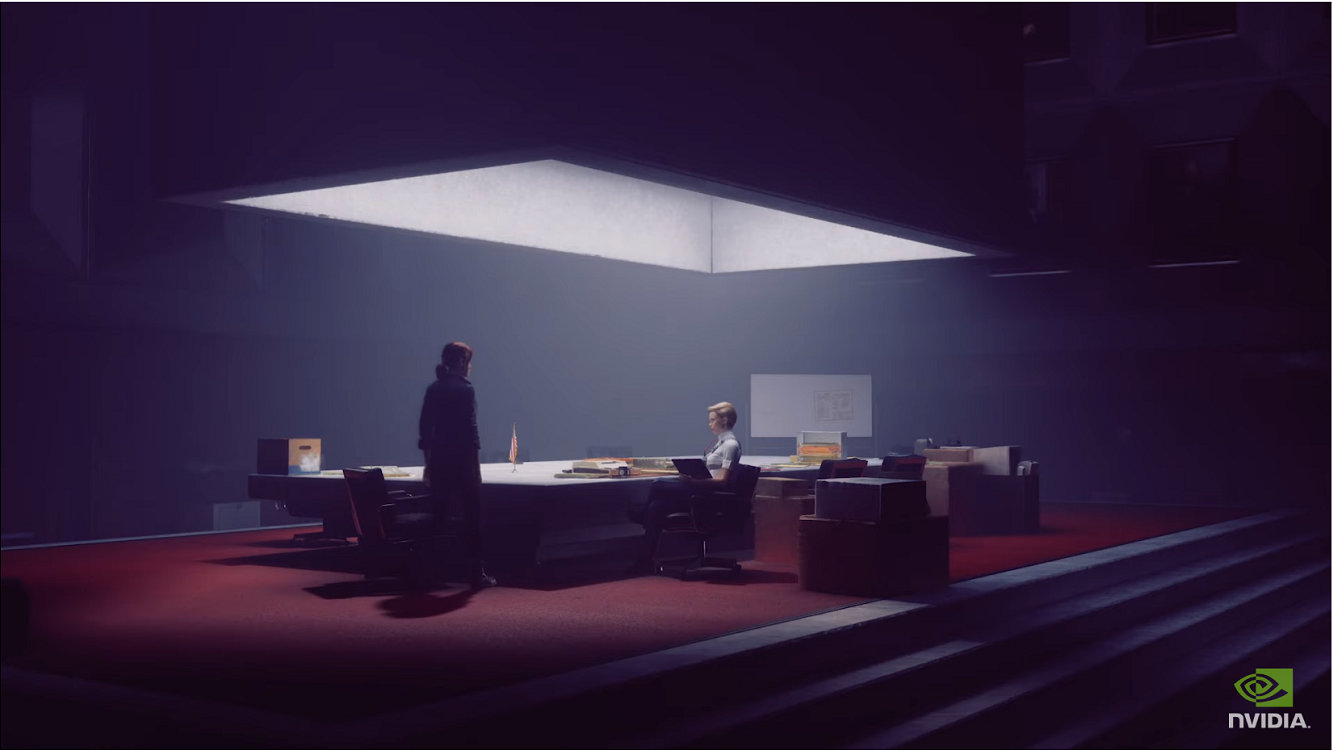Gaming to Please: For RTX, More Games Means More Believers

This week, Control was released, a game that happens to be an RTX bundle title, shipping to rave reviews. It’s a landmark title for ray tracing. Hot Hardware calls it a “tour de force.” Ars Technica raves that it’s a “ray tracing masterpiece.” And Polygon says it’s “a technical marvel, and an artistic achievement.”
High praise for a year-old technology.
At Gamescom 2018, we introduced RTX, our real-time ray tracing technology, to gamers for the first time.
Last week at Gamescom 2019, Microsoft announced ray tracing will soon be used in Minecraft, the best-selling game of all time. And we unveiled and demoed nine ray-tracing integrations, in Minecraft, Call of Duty: Modern Warfare and other big-name blockbusters.
Along with inclusion in some of the industry’s biggest games comes support from some of the industry’s most influential names.
Pawel Rohleder, chief technical officer at Techland, the game developer behind Dying Light, recently called ray tracing a “huge step” forward. Dave Cage, CEO at French game developer Quantic Dream, calls it a “big deal,” and said he plans to put the focus in future games on “lighting, lighting, lighting.” Marty Stratton, executive producer at id Software, the pioneering developer behind the Doom and Quake franchises, said it’s “a technical step we’re looking at how we can lead in.”
The tale of how we got to this point is a story of overnight success that was years in the making. NVIDIA has long worked with developers and standards bodies to put in place tools that will be used to put this technology in place for years to come.

Now we’re starting to see the results.
Love at First Sight
We had to see real-time ray tracing in action to become a believer.
The first time we saw RTX was at last year’s GDC in the form of a Star Wars themed demo called Reflections.
To be sure, when you’re undertaking a major technology shift, the turn is never instantaneous.
Iit would take more than demos to tell this story, and get the technology from demos and into games.
That said, the change has been quick. Over the past year, we’ve seen industry-standard APIs support it, game engines adopt it en masse and major game studios bet their top gaming franchises on it.
A year later, the ecosystem for ray tracing is in place.
By: Brian Burke
Source: nvidia

熱門頭條新聞
- Subscriptions to Free Streaming: The Platforms and Formats Redefining Entertainment
- New AI Research Foreshadows Autonomous Robotic Surgery
- Magia Exedra – More Than 400,000 Pre-Registrations Achieved!
- Mufasa: The Lion King
- Multiple measures to properly respond to AI
- 2025 Edition: Hungary, music video and an anniversary!
- SONY and Kadokawa Group have strengthened their collaboration to maximize their intellectual property
- QUByte Unveils Dark and Nostalgic Adventures for Consoles and PC
